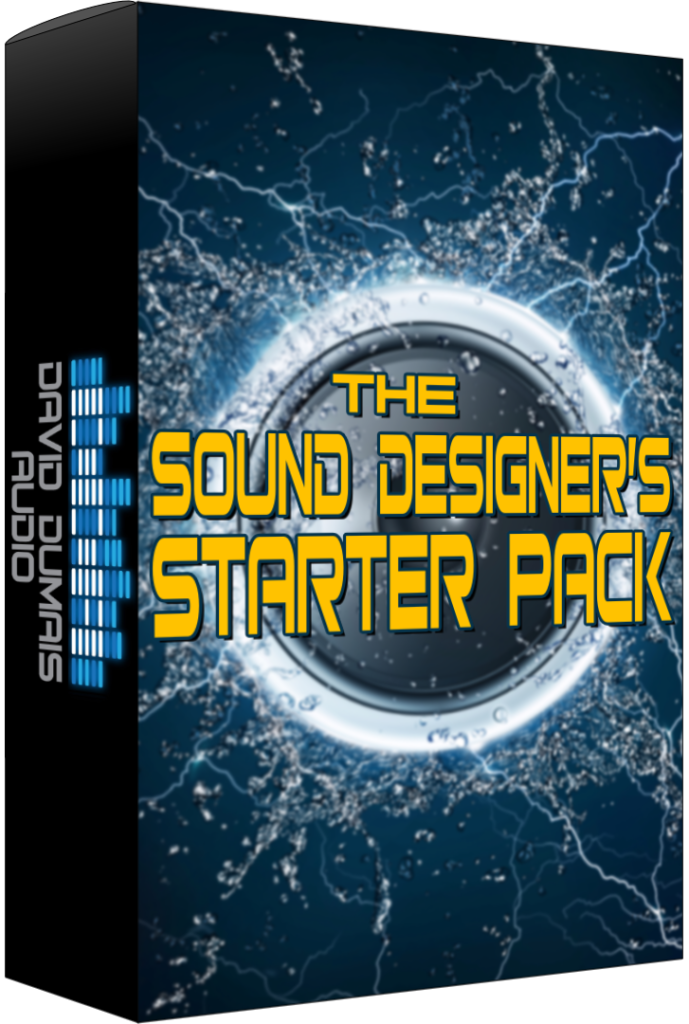*Please note that this blog post may contain affiliate links*
Sound Designer’s Starter Pack (free): https://daviddumaisaudio.com/starterpack
How do you make sure to create a cohesive palette for your video game audio assets?
What can you do to make sure that your sounds are connected across multiple variations as well as across different sound categories?
That’s exactly what we’ll be discussing here. I’ll share 3 tips I use to make sure my sounds are connected and stay connected across an entire project.
Start with Planning
The first thing I do to make sure that my sound effects are cohesive is to start with planning. There are three parts to my planning process:
- Recording: If I’m going to be recording everything from scratch, I make sure to be as consistent as possible with the microphone I use, the position, the environment I’m in, and the way that I record the sound sources.
- Sound sources: I like to use my “bucket system” for staying consistent. This involves planning out the different layers that I might need for the sound effect and creating different folders for each of those layers. This ensures that I remain consistent in my design and have that consistency across all my variations.
- Processing: I plan out ahead of time whether there’s any specific effect or plug-in I’m going to use for a specific layer or for the entire sound in general.
Connect Layers Together
Connecting layers is a powerful way to make sure your sound effects have that connective tissue between them.
In the video, I demonstrated this by using a bomb explosion SFX. Even though the sound effects were a bit different each time, I used the exact same four layers to create each explosion. I adjusted the pitch and play rate for each layer to make them a little bit different from each other. But they still sound connected because they have the same layer.
What’s interesting is that there’s a third explosion sound that’s a bit more distant from the player. To bring that out, I completely removed the second layer and added a lot of effects on the first layer. I used a comb filter and EQ to cut out a lot of the highs. Even though the sounds were very different, they still sounded connected because they had the same connective tissue.
Copying layers over to the same or different sounds is a great way to make sure that your sounds are cohesive and make sense together.
What about single-layered SFX?
For single source sound effects, I like to apply some light processing to make sure they sound similar together. This could be anything from having a different EQ profile on the different sounds, to adding some light compression, saturation, distortion, or frequency shifting. As long as the effect is light, you can add any effect that works for the sound.
The key is to make sure that you can still feel the connection with the original sound effect. By applying light processing to different versions of the same sound effect, you’ll still have that cohesive feel.
Final thoughts
By connecting sounds together across variations or sound types, you can create a seamless connection between all the assets in your game.
If this was valuable to you, please consider sharing it!
Have any questions or comments?
Leave them down below!
